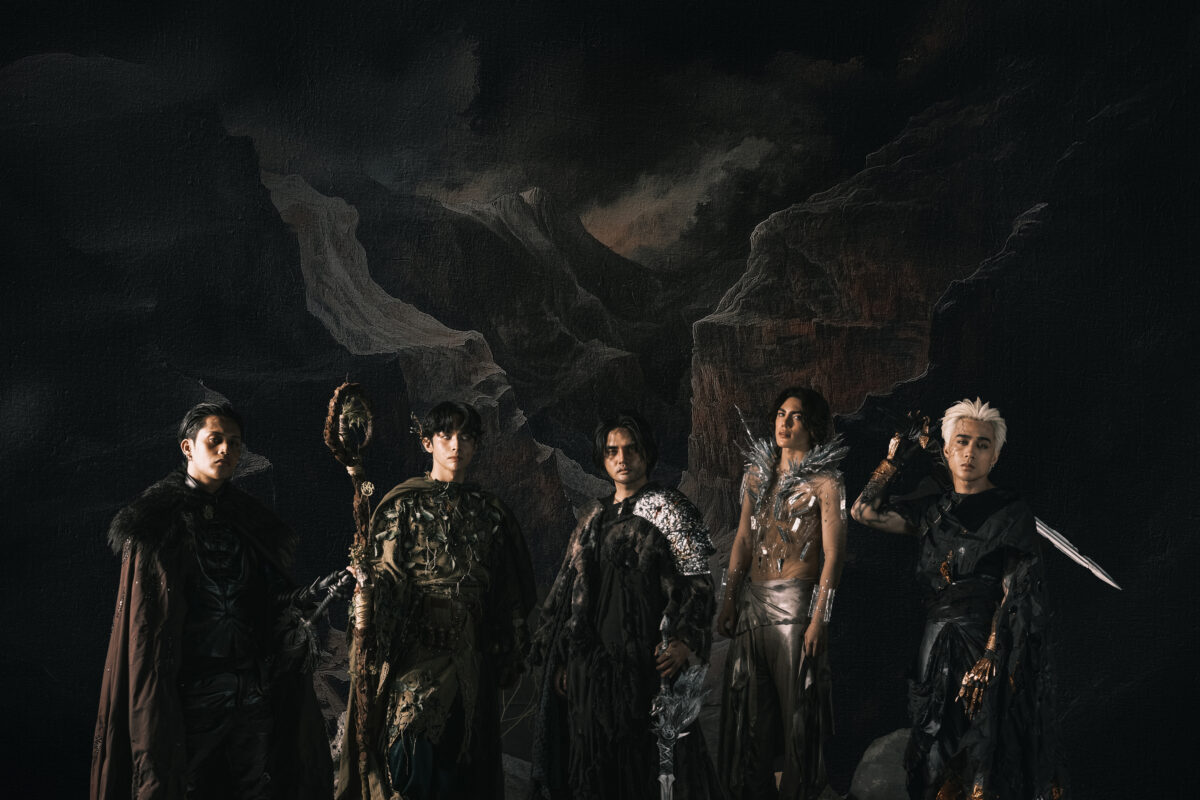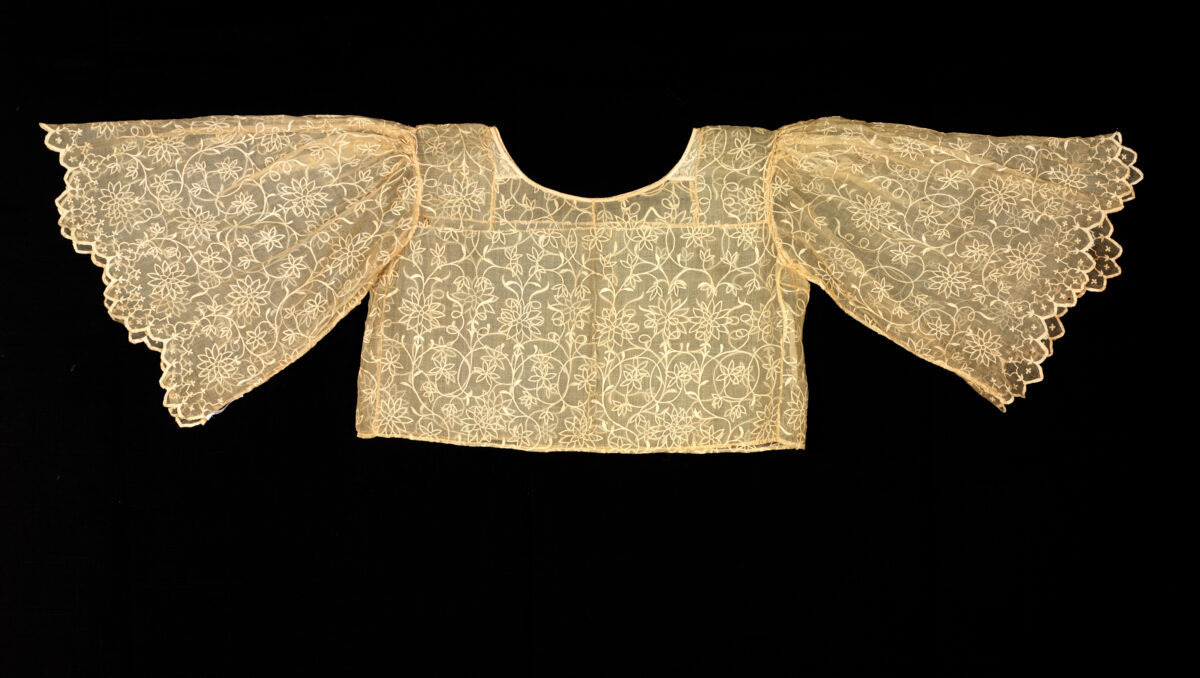Based on a study of people up to eight months after a COVID-19 infection, more than 95 percent still have immune systems with durable memories against the virus. Studies also show there’s no additional benefit from vaccination in these previously infected people. God-given natural immunity does not have to be tampered with, unless in immunocompromised individuals.
We should also learn some lessons from the Spanish flu pandemic of 1918-1920, wherein more people died in the second wave following a massive roll-out of a hurriedly concocted vaccine. This may just be coincidental, but discontinuation of the rollout was followed by two milder waves and the subsequent control of influenza as just a seasonal endemic.
People ask me why I have not had myself vaccinated up to now. I’m definitely not an antivaxxer. It’s just that I support the judicious and rational use of vaccination for all diseases, including COVID-19.
In this column, we have repeatedly recommended targeted vaccination for vulnerable sectors at risk—the elderly, those with hypertension, diabetes, chronic lung and kidney diseases, marked obesity and other conditions that may compromise the immune system. These are the people more likely to get severe COVID-19 and die from the infection, so they have to be protected with vaccination plus other immune-system-boosting agents.
Regrettable
It’s regrettable that up to this writing, less than 15 percent of these high-risk sectors have been vaccinated. It seems we have been diffusing our efforts by vaccinating everyone, even young and able people whose risk of dying from COVID-19 is less than a 10th of 1 percent. We’ve even allowed extending it to adolescents and teenagers despite reports of myopericarditis or heart swelling and heart failure in this age group.
This may be a bit misguided, because the rationale for vaccination is to protect those at risk, and to minimize exposure to serious or potentially fatal and yet unknown side effects those who are not really at risk, like teenagers and young and healthy adults.
Those who got infected with the virus and survived it are blessed in a way, because they have already developed natural immunity that would ward off the virus the next time it’s encountered by the body’s immune system.
I had my infection early January this year, and despite the severe initial symptoms, my symptoms started to dissipate after six hours of initiating an all-natural regimen (high-dose melatonin, zinc, vitamin C, D and virgin coconut oil). I was symptom-free in 48 hours and resumed working from home by Day 5.
I praised and thanked God for giving me a strong immune system, and I don’t think anyone could argue that a God-given immune system is superior to a vaccine-generated immunity.
So, when experts and our Department of Health urged those previously infected to get vaccinated as early as two weeks after infection, I asked for the data, and there was none. It’s mainly speculative, and just an expert opinion. This made me wonder why experts can dish out a recommendation simply based on what they think, yet ignore tons of data on the benefits of a repurposed treatment such as with ivermectin. But that’s a separate story.
Supporting data
Anyway, I’m glad that after several months of holding the fort while the data is still not available—that previously infected people have already developed enough immunity and should no longer be vaccinated—there is now supporting scientific data for this. Close to 1.5 million Filipinos who already got COVID and still got vaccinated could have offered their slots to others who needed it much more than they do—something like 3 million doses of the vaccine.
Is this new science? Not at all. Actually, it’s textbook knowledge that after people recover from infection, their immune system retains a memory of the virus and the infection it caused. The immune system has natural killer cells that patrol the body and can recognize and kill the virus or any intruding pathogen if it’s encountered again. This protects the individual against getting reinfected, but should a reinfection happen, it can reduce the severity of illness and prevent hospitalization and death. So, one may still get a reinfection, but will most likely be just mild or even asymptomatic.
The long-term protection offered by the immune system is multicomponent, and consists of an initial innate response and a subsequent adaptive or humoral response, wherein antibodies are formed. These are proteins that circulate in the blood and are programmed to recognize the virus and neutralize them. The immune system has different types of cells: T cells that help recognize and kill viruses and other pathogens, and B cells that make new antibodies when the body encounters the virus or pathogen again. All of these have been shown to be working with precision in people who have recovered from COVID-19.
Yes, you’re supposed to get a similar immunity with vaccination, but there’s good reason to believe that natural immunity is more robust compared to vaccine-generated immunity, which only has focused memory on the spike proteins of the virus, whereas natural immunity confers memory on the entire virus.
So, even if the spike proteins mutate—as it does frequently now—the memory cells resulting from natural immunity can still detect the virus. The virus has to have a total makeover to escape natural immunity. It’s fair to assume that with a rapidly mutating virus, natural immunity is more durable than vaccine-generated immunity.
To determine the reliability of the immune memory and protection in previously infected individuals, doctors Daniela Weiskopf, Alessandro Sette and Shane Crotty from the La Jolla Institute for Immunology, recently published their study, which analyzed immune cells and antibodies from almost 200 people who had been exposed to SARS-CoV-2 and recovered. The observation period was up to eight months after the infection.
Based on the study, there was durable immune responses in the majority of previously infected individuals. Antibodies against the spike protein of SARS-CoV-2, which is the main means by which the virus penetrates the cells, were found in 98 percent of previously infected subjects one month after symptom onset. The researchers reported that the levels of antibodies “remained fairly stable over time, declining only modestly at 6 to 8 months after infection.”
New antibodies
The researchers further noted that virus-specific memory B cells increased over time. These are the cells that may remain dormant after the acute phase of an infection, but when there is a reinfection by the virus, they’re set into action and activate the development of new antibodies to neutralize the virus.
They noted more memory B cells six months after symptom onset than at one month afterward. The levels of these cells plateaued after a few months following the infection, but the levels didn’t decline, suggesting maintenance of the immune protection.
The levels of T cells—another cavalry fighter of the immune system against the virus—also remained high after infection. Six months after getting infected, 92 percent of participants had CD4+ T cells that recognized the virus.
“These cells help coordinate the immune response. About half the participants had CD8+ T cells, which kill cells that are infected by the virus,” the authors wrote.
The immune response, as with levels of antibodies generated, and the numbers of different immune cell types varied between individuals. It’s expected that younger individuals and those with stronger immune systems show a stronger response.
However, what is important to note is that 95 of the people had at least three out of five immune-system components that could recognize SARS-CoV-2 up to eight months after infection. Vaccine-generated immunity has yet to be shown to match this.
“Several months ago, our studies showed that natural infection induced a strong response, and this study now shows that the responses last,” Dr. Weiskopf said in an interview. “We are hopeful that a similar pattern of responses lasting over time will also emerge for vaccine-induced responses.”
Studies from other reputable institutions have also shown that vaccinating those who had been previously infected does not confer additional benefit in terms of enhanced immune response. Will there be long-term side-effects for these people? That, we don’t know yet. Hopefully not.
Allowing majority of the population to develop natural immunity may be the sure and more effective way to attain herd immunity, not through vaccination alone. We’ve already proposed in previous columns that vaccination-generated immunity only offers transient limited immunity and will require periodic booster doses, which may be difficult to sustain for the majority of the population.
Moving target
Hence, herd immunity with vaccination is like a moving target. Just when you think you’ve reached it, it dashes forward. The more you try to catch up with more vaccination, the faster it moves away with the formation of new, more infectious, possibly more virulent variants, partly triggered by the vaccination. Vaccine resistance may just be a few mutations away.
For the moment, at least for the transient protection it provides, we may continue and reserve vaccination for the high-risk sectors. Meanwhile, we allow the strong and able members of the population to develop a more lasting immunity that can reduce COVID-19 to a seasonal flu.
There was so much death in the Spanish flu pandemic, particularly during the second wave, but mercifully, with modern medicine, we now know how to better treat severe viral infections, and will have a much lower mortality.
Let’s try to learn some lessons from the Spanish flu pandemic. It came in four waves, with the second wave the deadliest. The third and fourth waves were much milder and by the spring of 1920, it was gone.
It looks like history is repeating itself because after the first wave of the Spanish flu pandemic, the scientists then hurriedly came out with a vaccine to control the pandemic. But they were barking up the wrong tree. They thought influenza was caused by a bacteria, not a virus. So they used bacilli in their vaccines.
But after rolling out more than a million doses of their vaccine, they paused and realized that instead of reducing the infections and deaths, they had the big second surge killing more than 20 million people. They then decided to stop the mass vaccination, and after two milder waves, the pandemic faded out and simply became a seasonal endemic.
It’s good the health authorities then recognized their miscalculations early enough and made the right corrective actions. Let not history repeat itself because of men’s folly.













































